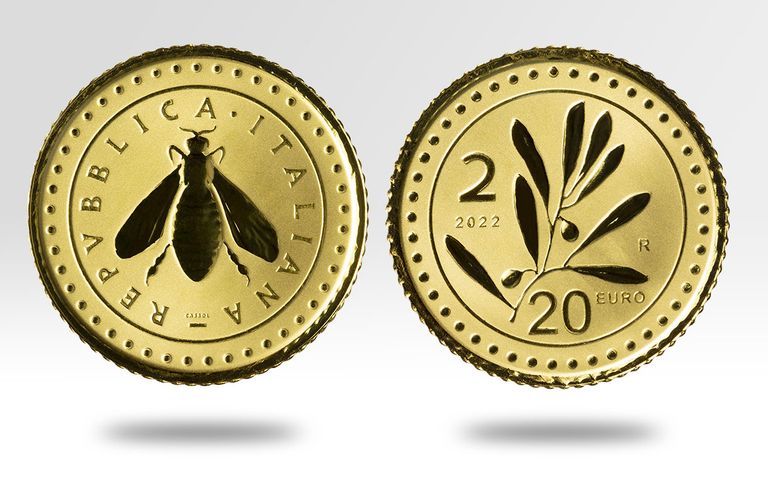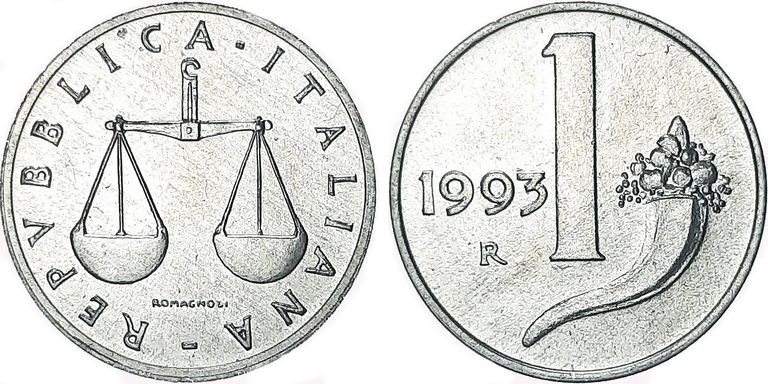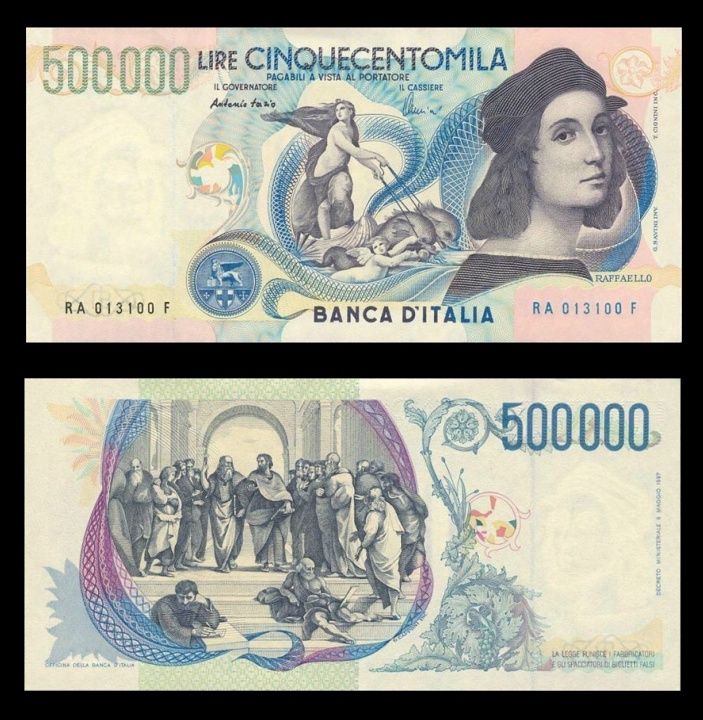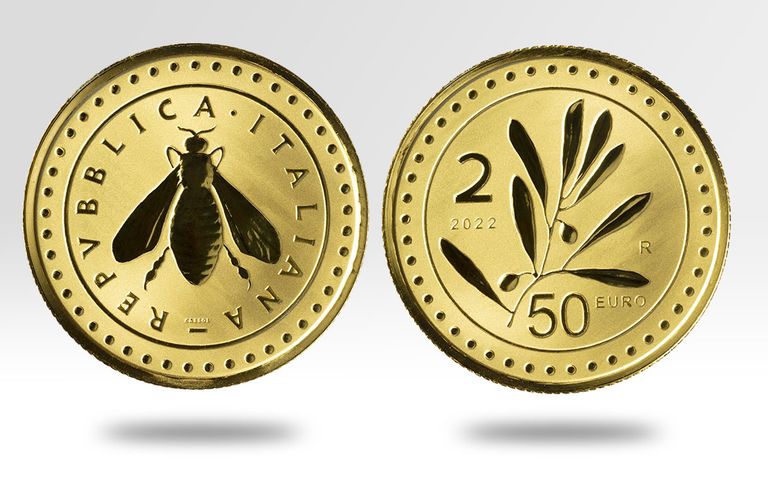
Los que hemos tenido la oportunidad (más aún siendo originarios de otros continentes) de vivir la transición europea de las monedas regionales al euro hemos sido partícipes directos de uno de los eventos económicos más extraordinarios de los últimos siglos en la historia de la humanidad.
No solo porque la convertibilidad de varias monedas en una moneda única allanaba los caminos hacia una unificación económica del continente europeo (hoy en día son muchos los que ponen en duda esta afirmación) sino porque comenzaba una nueva era caracterizada por la abolición de las fronteras, primero económicas y luego sociales entre todos los habitantes europeos.
Las reglas de a poco fueron cambiando, algunas restricciones volvieron a poner el énfasis en la necesidad de su implementación para protegerse de una oleada migratoria, especialmente del continente africano, algunos discursos xenófobos enturbiaron la armonía que había comenzado reinando entre todos los habitantes y de a poco comenzaron a sentirse los primeros lamentos y signos de desconformidad.
No voy a hacer un análisis económico ni mucho menos de esta situación, no estoy lo suficientemente preparado a pesar de ser laureado en ciencias económicas y haber vivido en un país europeo por más de 20 años de mi vida, en plena época de transición, desde 1993 hasta 2014.
Lo que quiero comenzar a compartir con todos los #hivers de esta Comunidad a partir de este momento es el recuerdo de como eran los países europeos antes del euro.
Posiblemente gran parte de los jóvenes que pueblan esta plataforma recuerden muy poco de ese momento, algunos ni siquieran lo han vivido y otros eran demasiado pequeños, mientras que los más grandes recuerdan algo de lo que le han contado sus padres.
Hablar hoy en día de liras, pesetas, dracmas, francos, marcos, coronas y otras monedas parece recordar signos monetarios de un pasado remoto. Y sin embargo no es así. Hasta hace poco hacían parte de la vida cotidiana de millones de personas y yo con mi familia tuvimos el privilegio (si se puede usar esta palabra en estas circunstancias) de vivir casi dos décadas con una de ellas.
Cuál era? La Lira Italiana, y a continuación les cuento la historia de una moneda que duró 140 años, casi un siglo y medio (del año 1861 al año 2002 cuando todas las monedas europeas quedaron fuera de uso después de un año de transición más allá del 2002 en el cuál era consentido operar com ambas divisas).
La Lira Italiana, una unidad monetaria milenaria.

Imaginan esa situación en un país latinoamericano? No creo. En Argentina -mi primera o segunda patria no sabría decirlo- desde el año 1972 hasta el año 1992 tuvimos cinco tipos de monedas distintas: peso moneda nacional, pesos ley 18.188, pesos argentinos, australes y el nuevo peso en circulación. Cinco monedas en dos décadas a razón de una cada cuatro años récord absoluto. Lo mejor a nivel de estabilidad estuvo con la primera de todas el peso moneda nacional que duró desde 1881 hasta 1969, casi noventa años, para no creer.
Pero siganos con la Lira Italiana. Acuñada por primera vez a principios del siglo XV (aunque en realidad ya se usaba como unidad de medida económica ya desde el siglo VIII y mucho antes aún con el nombre de litra en el siglo V antes de Cristo) por la entonces República de Venezia fue adoptada por gran parte de los estados independientes que formaban Italia en esa época. A inicios de 1800 cuando Italia estaba bajo el dominio de Napoleón fue adoptada como moneda oficial. Y a pesar de lo que sucede en otras partes con la caída d elos gobiernos, en Italia en el pasado -y en el presente- las unidades monetarias no canbian si cambia el gobernante. Después de la caída Napoleón la lira siguió siendo la moneda oficial italiana durante el perído del Resurgimiento, la Revolución Francesa y la era moderna hasta llegar a 1861 cuando se transforma es la moneda oficial del Estado Italiano.
Ni siquiera la proclamación de la República Italiana en 1946, inmediatamente después de la guerra, logró cambiar el nombre de una moneda que ya hacía parte del ADN de los italianos.
Lo demás es historia reciente. Por años y años los italianos se acostumbraron a ver siempre los mismos billetes y las mismas monedas.
Recuerdo que en 1990 todavía estaba vigente la moneda de 5 liras con la figura del delfín aunque su valor era casi simbólico y los billetes de 1.000 liras. Para tener una idea un sueldo promedio de un empleado u operario era de 1.200.000-1.300.000 liras esterlinas.
Las únicas monedas que no llegué a conocer personalmente (si después a través de mi colección de monedas) fueron las de 1 y 2 liras (esta útima tenia como eficgies de un lado una rama de laurel y del otro lado.......adivinen? Si, una hermosa abeja, el símbolo omnipresente de nuestra comunidad.
Lo demás es historia reciente. Recuerdo haber visto amigos italianos llorar como si perdieran algo querido. Desaparecía una moneda con la cuál habán crecido desdes pequeños y que los habí acompañando durante toda su vida, a sus hijos, y a los hijos de sus hijos.
Muchas personas iban al banco a cambiar los billetes viejos por nuevos para conservarlos como recuerdo incluso algunos hicieron hasta cuadros como se conservan los recuerdos familiares.



Many people went to the bank to exchange the old banknotes for new ones to keep them as a souvenir, and some even made pictures, as family memories are preserved.
Those of us who have had the opportunity (especially those from other continents) to experience the European transition from regional currencies to the euro have been direct participants in one of the most extraordinary economic events of the last few centuries in the history of mankind.
Not only because the convertibility of several currencies into a single currency paved the way for the economic unification of the European continent (today many people doubt this assertion), but also because it marked the beginning of a new era characterised by the abolition of borders, first economic and then social, between all the inhabitants of Europe.
The rules gradually changed, some restrictions re-emphasised the need to implement them in order to protect against a wave of migration, especially from the African continent, some xenophobic discourse clouded the harmony that had begun to reign among all the inhabitants, and the first regrets and signs of dissatisfaction gradually began to be felt.
I am not going to make an economic analysis of this situation, I am not sufficiently prepared despite being an economics graduate and having lived in a European country for more than 20 years of my life, in the midst of the transition period, from 1993 to 2014.
What I want to start sharing with all #hivers in this Community from now on is the memory of what European countries were like before the euro.
Most of the young people who populate this platform probably remember very little of that time, some have not even lived through it and others were too young, while the older ones remember something of what their parents have told them.
To speak today of lira, pesetas, drachmas, francs, marks, crowns and other currencies seems to recall monetary signs of a distant past. And yet this is not the case. Until recently they were part of the daily life of millions of people and I and my family had the privilege (if one can use this word in these circumstances) of living for almost two decades with one of them.
What was it? The Italian Lira, and here is the story of a currency that lasted 140 years, almost a century and a half (from 1861 to 2002 when all European currencies were out of use after a year of transition beyond 2002 in which it was allowed to operate with both currencies).
The Italian Lira, an ancient monetary unit.

Can you imagine such a situation in a Latin American country? I don't think so. In Argentina - my first or second homeland, I can't say - from 1972 to 1992 we had five different currencies: pesos, pesos law 18.188, Argentine pesos, australes and the new peso in circulation. Five currencies in two decades at a rate of one every four years, an absolute record. The best in terms of stability was the first of them all, the peso moneda nacional, which lasted from 1881 to 1969, almost ninety years, beyond belief.
But let's move on to the Italian Lira. First minted in the early 15th century (although it was actually used as a unit of economic measurement as early as the 8th century and even earlier under the name of litra in the 5th century BC) by the then Republic of Venice, it was adopted by most of the independent states that made up Italy at the time. In the early 1800s, when Italy was under Napoleon's rule, it was adopted as the official currency. And unlike what happens elsewhere with the fall of governments, in Italy in the past - and in the present - monetary units do not change if the ruler changes. After the fall of Napoleon, the lira remained the official Italian currency throughout the period of the Risorgimento, the French Revolution and the modern era until 1861, when it became the official currency of the Italian state.
Not even the proclamation of the Italian Republic in 1946, immediately after the war, succeeded in changing the name of a currency that was already part of the Italian DNA.
The rest is recent history. For years and years Italians got used to seeing the same banknotes and the same coins.
I remember that in 1990 the 5 lira coin with the figure of the dolphin was still in force, although its value was almost symbolic, as were the 1,000 lira notes. To give you an idea, the average salary of an employee or worker was 1,200,000-1,300,000 lire.
The only coins I did not get to know personally (but later through my coin collection) were the 1 and 2 lira coins (the latter had a laurel branch on one side and a beautiful bee on the other side ....... guess? Yes, a beautiful bee, the omnipresent symbol of our community.
The rest is recent history. I remember seeing Italian friends crying as if they had lost something dear to them. A coin that they had grown up with and that had accompanied them, their children and their children's children all their lives was disappearing.
Many people went to the bank to exchange the old banknotes for new ones to keep them as a souvenir, and some even made pictures, as family memories are preserved.

I remember the good old DeutschMark, before this EuroCrap came... 😂
When I arrived in Europe in 1990, the German mark was the standard, followed by the pound sterling, which always stood aside, the French franc and the Swiss franc.
Much further behind were the Spanish peseta and the Italian lira.
The Scandinavian kroner (Sweden, Denmark) remained firmly and stably in place.
The Euro totally changed this scenario.
Greetings and thanks for commenting @outofthematrix.